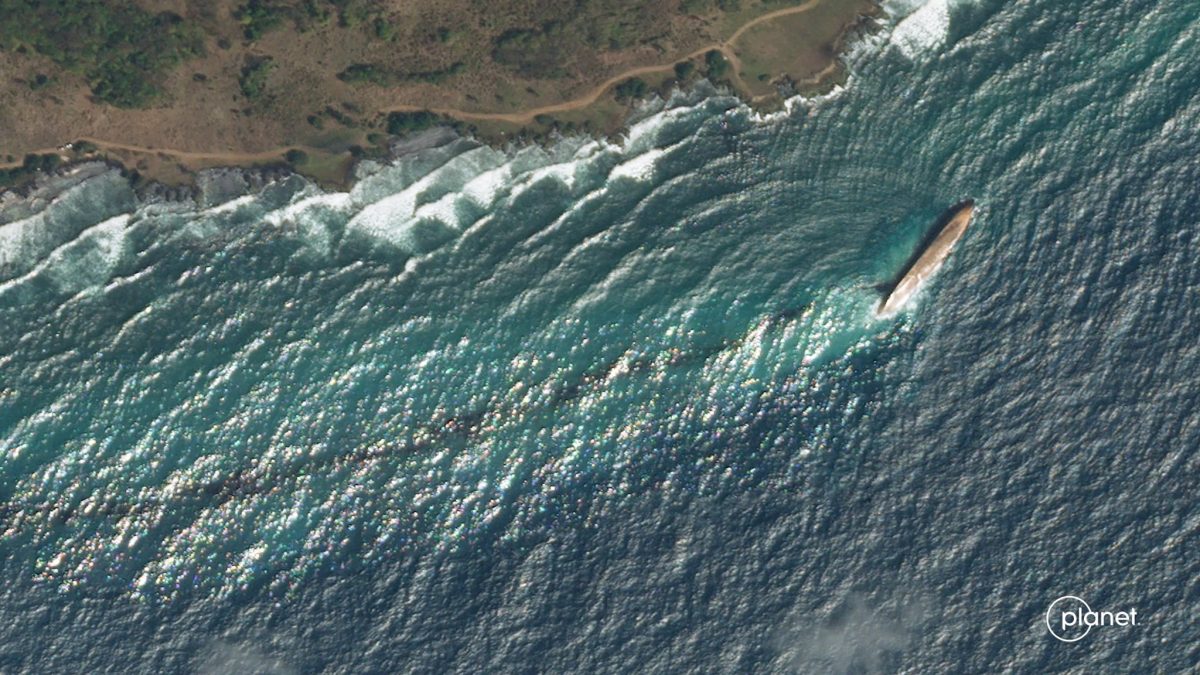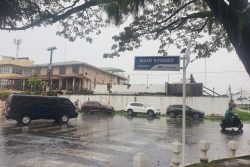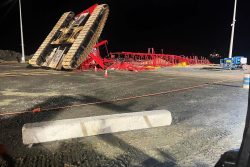(Trinidad Guardian) The estimated costs of the clean-up operation so far for the Tobago oil spill at the central Government level is around US$12 million but by the end of the exercise it could increase to as much as US$30 million, says Energy Minister Stuart Young.
He made the comments while speaking at a media conference at the ministry’s offices at Tower C at the International Waterfront Centre, Port-of-Spain, yesterday.
Young also confirmed this country had successfully made a submission to the International Oil Pollution Compensation Funds (IOPC) to cover the cost of the clean-up of the spill, which took place off the southwest coast of Tobago on February 7.
Sharing some insights regarding the cost, Young explained, “It is impossible to say at this stage what the final cost would be because there remains uncertainty, if the sea conditions become rough and if the crews have to be on standby instead of working for a day, you incur cost as a result of that … and then you have the THA (Tobago House of Assembly), who is submitting claims to the Ministry of Finance. So, when making submission to the fund, I told them you’re looking at something I assume, it can either go up or go down in the region of US$30 million.”
He was, however, confident that T&T would be properly compensated.
“All reasonable claims that are made will be compensated by this fund … I expect the vast majority, if not all the submissions by the central Government through the Ministry of Energy and Energy Industries, of the cost to the taxpayers of dealing with this oil spill from February 7 to whatever the date that it finally ends, we will receive that compensation from this fund,” Young said.
He also noted that he had led a delegation to the IOPC’s office in London to make a case for this country to access monies from the IOPC.
On claims from the clean-up made by the THA, Young said his ministry, along with the Finance Ministry, will work with the entity to look at them.
Regarding the owners of the overturned the Gulfstream barge that created the environmental disaster, Young said efforts were still being made to locate them.
He said official requests were made to Tanzania, Nigeria, Panama, Aruba, Curacao and Panama for assistance in tracing and tracking those responsible and, in particular, the true owners of the vessels.
“Unfortunately, at this stage, despite all of those efforts, we have not been able as yet to ascertain with any degree of certainty who the owners are,” Young said.
On the assurance of something like this not occurring again, Young said there was nothing the Government or his ministry could do.
“What it did with this particular incident at the IOPC Funds meeting, and it is now going to be taken to the International Maritime Organisation, is that more has to be done here. The light was not cast on T&T. This vessel has no connection to T&T, no one in T&T contracted it, the fuel was not destined for T&T, so literally, it washed up on our shores,” Young said.
He added that information from the IOPC and foreign governments they had contacted suggested that those culpable may be part of a movement of rogue vessel owners who breach international maritime law.
More details
On February 7, the Tobago Emergency Management Agency (TEMA) received reports of a capsized ship off the coast of Cove. It was further reported that a thick, oil-like substance was washing up on nearby coastlines and spreading across Tobago’s windward waters.
Rescue dives at the site later found no souls on board the vessel and a time of when it overturned has also not been ascertained.
It remains unclear where the ship, measuring 100 metres, overturned and whether there were any souls aboard at the time of capsizing.
The oil spill, which was determined to be bunker fuel following tests, spread over an area from Rockley Bay to Canoe Bay. Clean-up operations have been ongoing since then.






